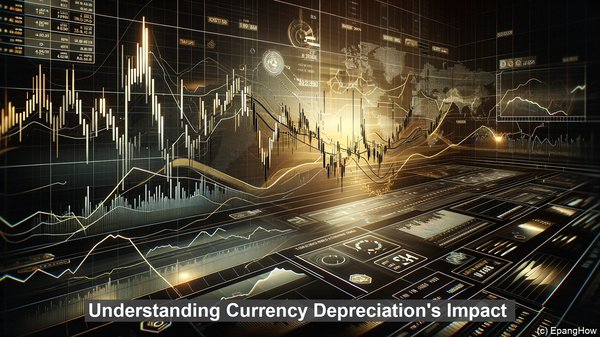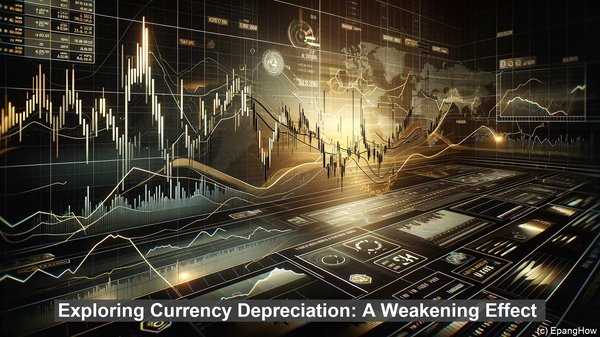Introduction: The Dynamic World of Currencies
Greetings, fellow learners! Today, we delve into the fascinating realm of currencies, exploring the intriguing concepts of appreciation and depreciation. As the global economy constantly evolves, comprehending these dynamics becomes increasingly crucial. So, let’s embark on this enlightening journey together!

Defining Currency Appreciation: A Rise in Value
Currency appreciation refers to a scenario where a currency’s value strengthens relative to other currencies. This can occur due to various factors, such as robust economic growth, high interest rates, or increased demand for the currency in international markets. When a currency appreciates, it can buy more of another currency, making imports cheaper and potentially curbing inflation.
Exploring Currency Depreciation: A Weakening Effect
On the other hand, currency depreciation signifies a decline in value compared to other currencies. Factors like economic slowdown, low interest rates, or political instability can contribute to depreciation. While this may make imports costlier and potentially fuel inflation, it can also boost exports, as goods and services become more competitive in international markets.

Implications of Currency Appreciation
When a currency appreciates, it can have both positive and negative consequences. On the positive side, it can make foreign travel and imported goods more affordable for domestic consumers. However, it can also make exports more expensive, potentially impacting a nation’s trade balance. Additionally, sectors like tourism and export-oriented industries may face challenges due to reduced competitiveness.
Understanding Currency Depreciation’s Impact
Currency depreciation, while often viewed negatively, can have its advantages. For instance, it can boost a country’s export-oriented industries, leading to increased employment and economic growth. Additionally, sectors like tourism can benefit, as a weaker currency makes the nation a more attractive and affordable destination for international travelers.
Exchange Rates: The Key Indicator
Exchange rates play a pivotal role in understanding currency appreciation and depreciation. These rates, determined by factors like market demand, interest rates, and geopolitical events, constantly fluctuate. Traders, investors, and policymakers closely monitor these rates, as they can significantly impact a nation’s economy and global trade dynamics.
